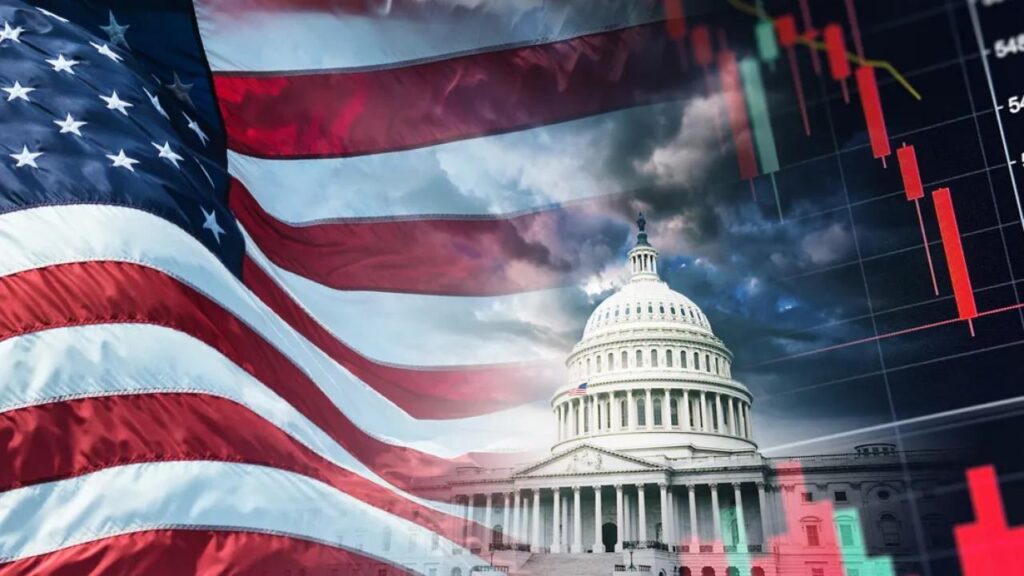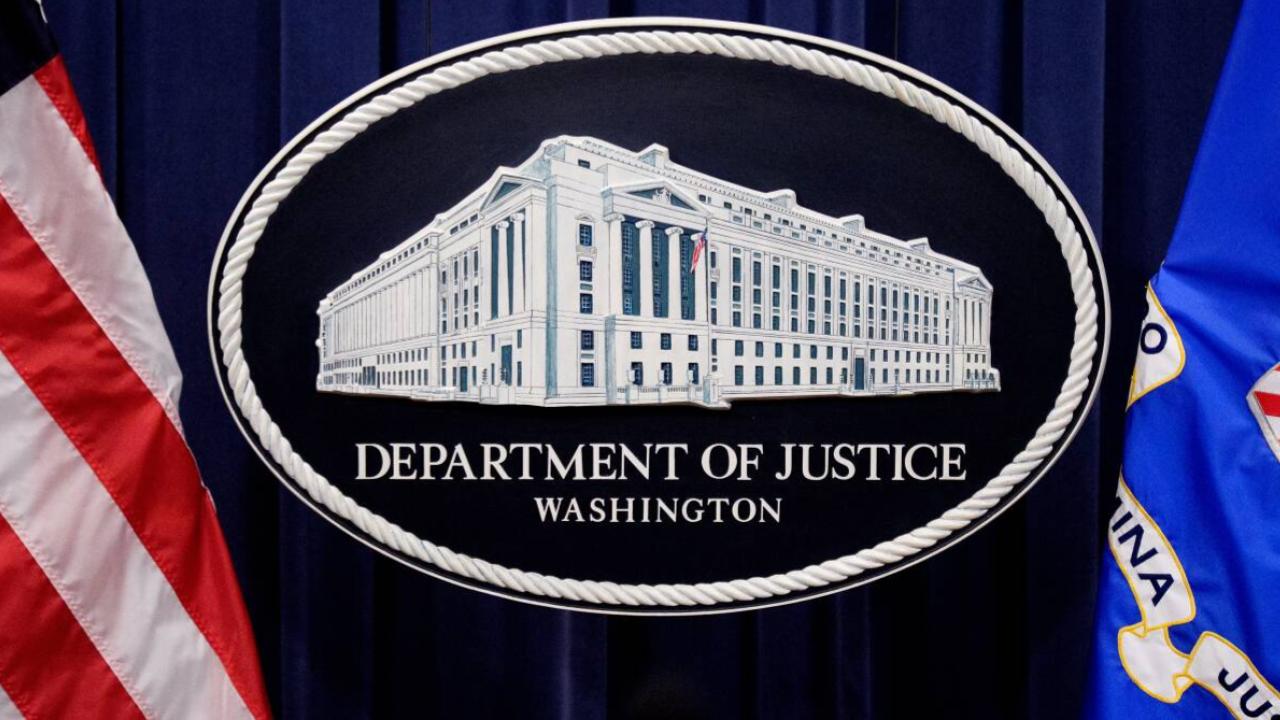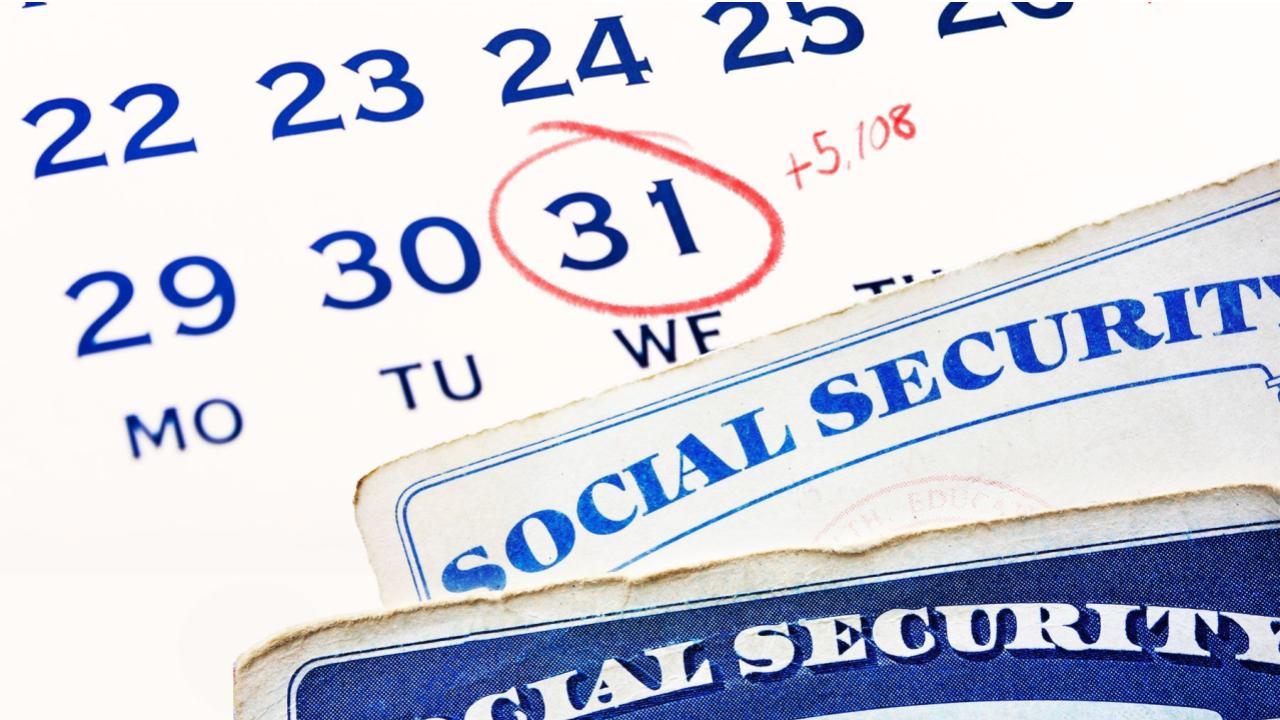The U.S. credit rating downgrade has sent ripples across Wall Street and Main Street alike. In May 2025, Moody’s slashed the country’s long-standing Aaa rating to Aa1, sparking fears of a looming financial storm. This move is more than just a Wall Street whisper—it’s a full-blown red flag for the entire U.S. economy.

The downgrade didn’t happen in a vacuum. With national debt ballooning past $36 trillion, political gridlock in Congress, and rising interest payments putting the heat on federal spending, America’s financial house is teetering. And for everyday folks—whether you’re saving for retirement, paying off a mortgage, or investing in stocks—this downgrade could mean real changes to your wallet.
Credit Downgrade Hints at Hidden U.S. Crisis
| Topic | Details |
|---|---|
| Credit Rating Agency | Moody’s Investors Service |
| Downgrade Date | May 16, 2025 |
| Old Rating | Aaa (Top-tier rating) |
| New Rating | Aa1 (One notch below top rating) |
| Reason for Downgrade | High debt levels, rising interest payments, political dysfunction |
| Current U.S. Debt | $36 trillion (and growing) |
| Interest Expense Forecast (2035) | Could exceed $2 trillion annually |
| Market Impact | Treasury yields spiked, stock volatility rose, dollar weakened |
| Affected Areas | Loans, mortgages, government borrowing costs |
The U.S. credit downgrade in 2025 is more than a headline—it’s a flashing red warning sign that America’s financial engine is overheating. From Wall Street to your street, the ripple effects will be felt in borrowing costs, markets, and long-term economic stability.
What happens next depends not just on what politicians in D.C. do, but also on how everyday folks like us prepare. So, stay informed, tighten up your finances, and don’t ignore the signals.
What Exactly Is a Credit Downgrade, and Why Does It Matter?
Let’s break it down: Credit ratings are like report cards for countries. When a top agency like Moody’s downgrades the U.S., it’s basically saying, “Hey, America’s borrowing habits are getting sketchy.” It’s not a failing grade, but it ain’t straight As either.
When the U.S. gets downgraded:
- It becomes more expensive for the government to borrow money.
- Interest rates may rise, impacting everything from student loans to mortgages.
- Investors freak out, leading to shaky stock markets.
It’s like your friend with great credit suddenly maxing out five credit cards—folks start wondering how long until the repo man shows up.
Why Did Moody’s Pull the Trigger Now?
1. National Debt Explosion
The U.S. government is sitting on a debt pile worth over $36 trillion, with no signs of slowing down. According to the Congressional Budget Office (CBO), if current policies continue, debt will hit 134% of GDP by 2035—a number that screams unsustainable.
2. Skyrocketing Interest Payments
Interest on debt is now one of the fastest-growing expenses in the federal budget. In 2024, the U.S. spent $965 billion just to cover the interest. By 2035? That number could top $2 trillion annually.
That’s more than what we currently spend on Medicare or national defense.
3. Political Dysfunction
Repeated fights over the debt ceiling and budget shutdown threats have become the norm in Washington. This kind of political chaos spooked Moody’s, which noted that “fiscal policymaking has become less predictable and less effective.”
4. Weakening Economic Outlook
Economic indicators show slowing GDP growth, high inflation volatility, and shrinking investor confidence. These aren’t just paper problems—your 401(k), housing market, and even job security might feel the aftershocks.
How the Downgrade Is Hitting the Markets
This downgrade didn’t go unnoticed on Wall Street:
- Treasury Yields Jumped: The 30-year Treasury yield shot above 5%, a high not seen since 2023. That’s bad news for borrowers and mortgage holders.
- Stock Market Shook: The S&P 500 dropped nearly 3%, while tech-heavy Nasdaq took a heavier beating. Investors hate uncertainty.
- Dollar Dips: The greenback lost value against other currencies. That means imports get more expensive and inflation could creep up again.
Real-World Impact: What This Means for You
Let’s be real—credit downgrades sound like Wall Street insider baseball. But here’s how this news could affect regular Americans:
1. Higher Interest Rates
Everything from car loans to credit cards could cost more. Lenders raise rates when the government’s borrowing costs rise. That’s just how the cookie crumbles.
2. Tougher Home Buying
Mortgage rates are already high, and this downgrade might add another half-point or more. For a $300,000 home loan, that could mean paying $100–$150 more per month.
3. Your Investments May Suffer
Retirement accounts, 401(k)s, IRAs—all of them are sensitive to market dips. When investor confidence drops, so do stock prices.
What Should You Do About It?
Now that we’ve laid out the mess, let’s talk solutions:
1. Diversify Your Investments
Consider adding gold, silver, or cryptocurrency as hedges against economic downturn. Even U.S. Treasury Inflation-Protected Securities (TIPS) could help protect your savings.
2. Refinance If You Can
If you have a good credit score, now might be the last chance to refinance before rates climb further. Don’t wait for things to get worse.
3. Review Your Budget
With economic uncertainty rising, it’s smart to trim unnecessary expenses, build an emergency fund, and lock in fixed-rate loans.
How This Compares to Past Downgrades
This isn’t America’s first rodeo. In 2011, Standard & Poor’s downgraded the U.S. from AAA to AA+, citing similar concerns. And in 2023, Fitch did the same.
Now, with Moody’s joining the club, none of the Big Three agencies see the U.S. as a top-tier borrower. That’s a sobering first in modern history.
What Experts Are Saying
Economist Mohamed El-Erian called the downgrade “a wake-up call for policymakers who’ve ignored fiscal responsibility too long.”
And Robert Kiyosaki, author of Rich Dad, Poor Dad, warned that this is a sign we’re heading toward a 1929-style depression if leaders don’t take action.
“Buy gold, silver, and Bitcoin before the dollar gets crushed,” Kiyosaki advised via Economic Times.
What Happens Next?
Moody’s has put the U.S. on a “negative outlook”, meaning another downgrade could come in 2026 if Congress doesn’t get its act together. That would be game over for global confidence in the U.S. economy.
A lower rating could even impact the U.S. dollar’s status as the world’s reserve currency—a major economic advantage we’ve enjoyed for decades.
Frequently Asked Questions (FAQs)
Q1. What does a credit downgrade mean for the average American?
It means higher loan rates, lower investment returns, and more economic uncertainty. It’s like getting a warning before a financial storm.
Q2. Will this affect Social Security or Medicare?
Not directly, but growing debt and interest costs could force budget cuts in future government programs if things spiral out of control.
Q3. Should I change how I invest now?
Maybe. It’s smart to consult a financial advisor and consider safer assets like bonds, gold, or inflation-protected securities.
Q4. Is this downgrade permanent?
Nope. If the government takes solid fiscal actions—like reducing debt or reforming spending—the rating could be restored. But it’s an uphill battle.






